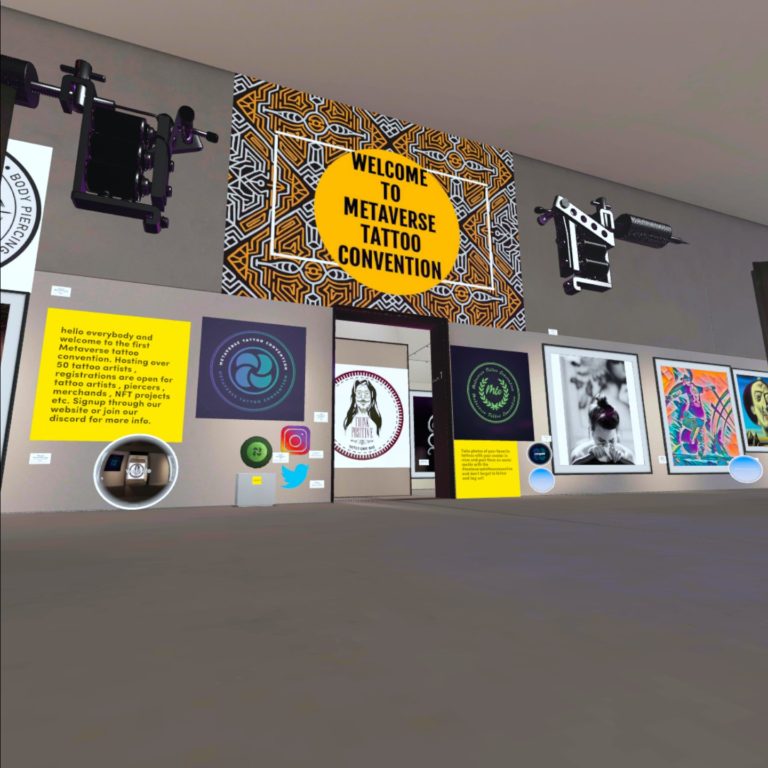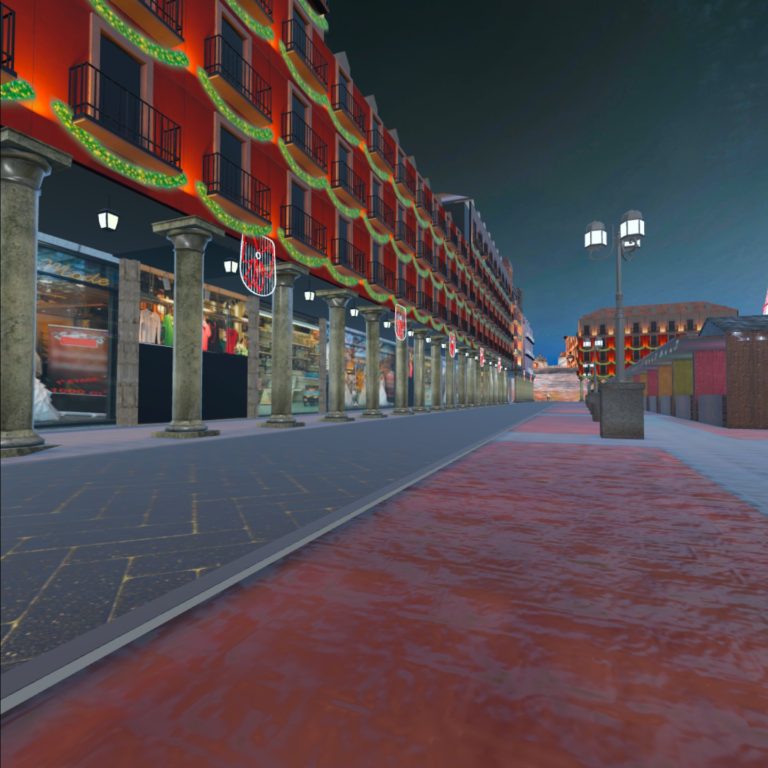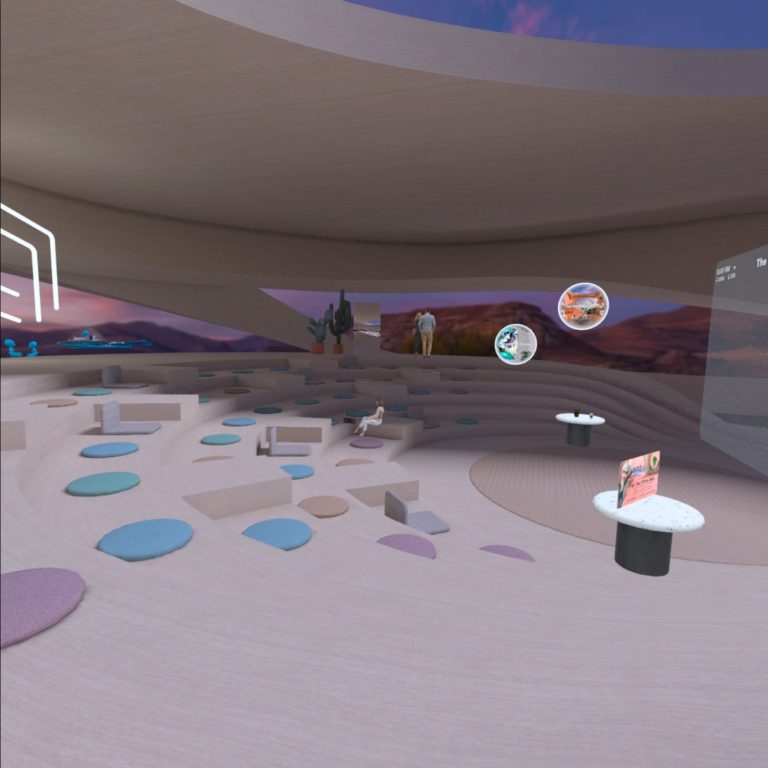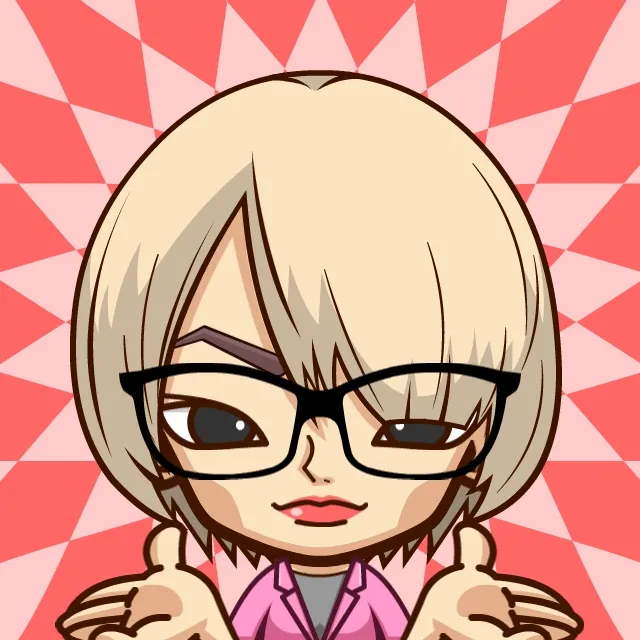Virtual Reality has been around for quite a while and has slowly been growing in popularity over the last decade. Up until recently though, it was just the domain of those who were open to trying new experiences and tech-savvy early adopters. The early adopters are a generation of pioneers who experienced the original internet boom, saw the rise of social media, and were born into an era where we have more ways to stay connected than ever before. Virtual Reality is yet another way for us connect with people online and it’s no surprise that those who were early adopters are now the ones most likely to be making their own VR content.
People use VR for a variety of different things. Some use it to escape reality, others use it to explore new worlds or learn something new, and some even create immersive experiences for their friends and family members, it is up to the individual user to decide what they want to do with the tech and the content they create with it.
I use Virtual Reality to:-







The benefits of using Virtual Reality are limitless – whether that means having an intense gaming experience, immersing yourself in a new world, or just having a fun time with friends. Many people criticize VR for being “merely a tool for escapism.” While that might be true for some, I would add that it is also used for far more than just entertainment. VR has already become a staple of marketing, gaming, and social interaction, and is rapidly gaining a foothold in education. there will be so much creativity, and with AI speeding the timeline, who knows what VR will be using VR for in the very near future!




